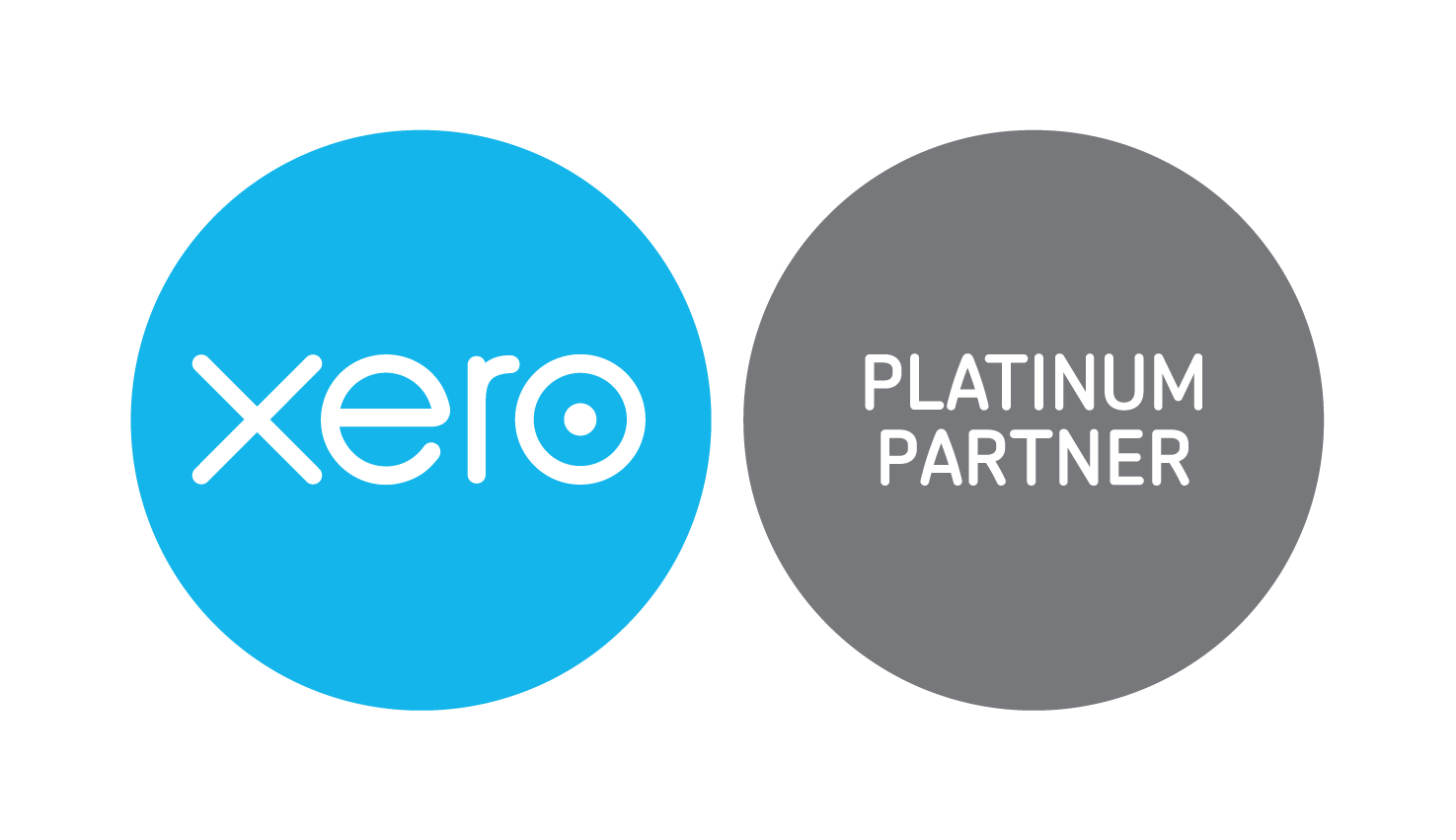
Retirement Savings Contribution Credit: How it Works in 2024-2025
We know planning for retirement might seem like a big task, but it’s one of the smartest moves you can make for your future. The good news is, there’s a way to save for retirement while also lowering your tax bill, making the whole process a little easier. Enter the saver's credit, officially called the retirement savings contribution credit. This credit is designed to encourage people to set money aside for their retirement, especially those with lower or moderate incomes. It’s like getting a reward from the government for being financially responsible.
Let’s explore into everything you need to know to make the most of this opportunity.
What Is the Retirement Savings Contribution Credit?
The retirement savings contribution credit is a special tax credit that reduces the amount of federal income tax you owe. When you contribute to a qualified retirement account, like an IRA or a 401(k), you can qualify for a credit worth 50%, 20%, or 10% of your contributions, depending on how much you earn.
Who Can Claim the Retirement Savings Contribution Credit?
Not everyone can claim the retirement savings contribution credit, but the requirements are pretty straightforward. First, you need to be at least 18 years old. If you’re still in school full-time, you won’t qualify, and the same goes if someone else claims you as a dependent on their tax return. The credit is meant for people who are independent and earning their own income.
Your adjusted gross income (AGI) also needs to fall within certain limits. These limits are updated every year to account for inflation.
Credit limits for 2024 saver's (taxes filed in 2025)
-
Married filing jointly: $76,500.
-
Head of household: $57,375.
-
All other filing statuses: $38,250.
Credit limits for 2025 saver's (taxes filed in 2026)
-
Married filing jointly: $79,000.
-
Head of household: $59,250.
-
All other filing statuses: $39,500.
Saver’s credit rates for 2024
| Credit Rate | Married Filing Jointly | Head of Household | Single or Separate Filers |
| 50% | Up to $46,000 | Up to $34,500 | Up to $23,000 |
| 20% | $46,001 – $50,000 | $34,501 – $37,500 | $23,001 – $25,000 |
| 10% | $50,001 – $76,500 | $37,501 – $57,375 | $25,001 – $38,250 |
The lower your income, the higher the percentage of your contributions that can count toward the credit. Even if your income is at the upper limit, it’s worth checking to see if you qualify.
Saver’s credit rates for 2025
| Credit Rate | Married Filing Jointly (AGI) | Head of Household (AGI) | Single Filers (AGI) |
| 50% | Up to $47,500 | Up to $35,625 | Up to $23,750 |
| 20% | $47,501 - $51,000 | $35,626 - $38,250 | $23,751 - $25,500 |
| 10% | $51,001 - $79,000 | $38,251 - $59,250 | $25,501 - $39,500 |
| 0% | More than $79,000 | More than $59,250 | More than $39,500 |
How to Calculate the Saver’s Credit
Calculating the Saver’s Credit is simpler than it sounds. First, look at your adjusted gross income (AGI) and how much you’ve contributed to your retirement accounts, like a 401(k) or an IRA. The credit is a percentage of your contributions, which can be 50%, 20%, or 10%, depending on your income level.
To figure it out, multiply the amount you contributed by the percentage that applies to your income. The maximum credit you can get is $1,000 if you’re single or $2,000 if you’re married and filing jointly. It’s an easy way to lower your tax bill while building your retirement savings.
What Retirement Accounts Qualify?
Not all retirement accounts qualify for the retirement savings contribution credit, so it’s important to know which ones do. Accounts like traditional IRAs, Roth IRAs, and employer-sponsored plans like 401(k)s and 403(b)s are eligible. If you’re self-employed, contributions to SEP IRAs, SIMPLE IRAs, or solo 401(k) plans also qualify.
However, if your employer matches your contributions, those matched funds won’t count toward the credit only the money you personally contribute will.
For example, if you contribute $1,000 to your 401(k) and your employer adds $500 as a match, only your $1,000 contribution will be considered for the credit.
How Do You Claim the Saver’s Credit?
Claiming the Saver’s Credit isn’t as complicated as it might sound. First, you need to make your contributions before the deadline. For most workplace retirement plans, that deadline is December 31, but for IRAs, you have until April 15 of the following year to contribute. Next, you’ll need to complete IRS Form 8880, called "Credit for Qualified Retirement Savings Contributions." This form will help you calculate how much credit you can claim. Once you’ve filled it out, include it with your federal tax return. If you’re using tax preparation software, it usually does the hard work for you, so you don’t have to worry about doing the math yourself.
Why Should You Take Advantage of the Saver’s Credit?
The Saver’s Credit is more than just a tax benefit it’s a way to take control of your financial future. By saving for retirement, you’re building a safety net for the years ahead. The Saver’s Credit makes it even easier to save by reducing the upfront cost of contributing to a retirement account. Let’s say you contribute $1,500 to a Roth IRA and qualify for the 50% credit. That means you’ll save $750 on your taxes, while still having the full $1,500 working for you in your retirement account. It’s like getting a bonus for doing something that benefits you in the long run.
Why Does the Government Offer the Saver’s Credit?
The government created the Saver’s Credit to help more people build their retirement savings. Many Americans struggle to save because of tight budgets or unexpected expenses. The retirement savings contribution credit serves as an extra push to encourage saving, especially for people with lower incomes. It’s like the government saying, “Thanks for thinking about your future we’ll help make it a little easier for you.”
Past years saver's credit thresholds changes
Over the years, the Saver’s Credit has been updated to help more people qualify. Income limits have increased to keep up with inflation, allowing more households to benefit.
Saver’s credit rates for 2021
|
Credit rate |
Married filing jointly |
Head of household |
All other filers |
|
50% |
$39,500 |
$29,625 |
$19,750 |
|
20% |
$39,501 - $43,000 |
$29,626 - $32,250 |
$19,751 - $21,500 |
|
10% |
$43,001 - $66,000 |
$32,251 - $49,500 |
$21,501 - $33,000 |
|
0% |
more than $66,000 |
more than $49,500 |
more than $33,000 |
Saver’s credit rates for 2022
|
Credit rate |
Married filing jointly |
Head of household |
All other filers |
|
50% |
$41,000 |
$30,750 |
$20,500 |
|
20% |
$41,001- $44,000 |
$30,751 - $33,000 |
$20,501 - $22,000 |
|
10% |
$44,001 - $68,000 |
$33,001 - $51,000 |
$22,001 - $34,000 |
|
0% |
more than $68,000 |
more than $51,000 |
more than $34,000 |
Saver’s credit rates for 2023
|
Credit rate |
Married filing jointly |
Head of household |
All other filers |
|
50% |
$43,500 |
$32,625 |
$21,750 |
|
20% |
$43,501- $47,500 |
$32,626 - $35,625 |
$21,751 - $23,750 |
|
10% |
$47,501 - $73,000 |
$35,626 - $54,750 |
$23,751 - $36,500 |
|
0% |
more than $73,000 |
more than $54,750 |
more than $36,500 |
Summary
The Saver’s Credit is one of the simplest ways to save for retirement and lower your tax bill at the same time. If you qualify, don’t miss out on this opportunity to make the most of your money. Speak with an SK Financial CPA tax professional or use tax software to ensure you’re claiming everything you’re entitled to. A secure retirement starts with smart planning today!
FAQs
1. Can I get the Retirement savings contribution credit if I don’t owe any taxes?
No, the credit is non-refundable, meaning it can only reduce taxes you owe it won’t give you a refund if your tax liability is zero.
2. Can I claim the credit every year?
Yes, as long as you meet the income and eligibility requirements, you can claim it year after year.
3. Does the Saver’s Credit affect other credits?
No, it doesn’t interfere with other credits like the Earned Income Tax Credit (EITC).
4. Can I use the Saver’s Credit for a Roth IRA?
Yes, both Roth and traditional IRA contributions qualify for the credit.
5. What if I withdraw my contributions early?
Early withdrawals could disqualify you, so it’s best to leave your money in the account until retirement.
Follow SKFinancial on Facebook / Twitter / Linkedin / Youtube for updates.












